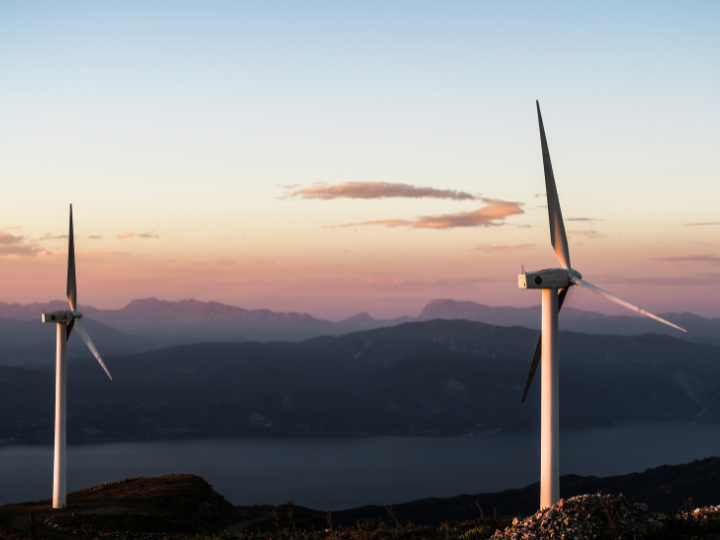by Thomas Birr*
"The state can be … [a] source of mischief and disaster,” Ludwig von Mises, one of history’s most progressive thinkers on market liberalism, once said. The Austrian School economist (1881-1973) argued that when governments start to interfere with market mechanisms, it becomes impossible for them to stop – inevitably leading to endless regulatory tweaks and measures to keep the economy intact.
Now, in an era of dramatic global change, when European energy is becoming less ruled by free markets, it may be time to revisit von Mises. The war in Ukraine’s effects on global political and economic stability has resulted in unprecedented energy price volatility and undermined energy security. On top of that, there is another threat impossible to ignore: climate change and the urgent need to decarbonize.
European politicians are currently grappling with designing the energy market according to these new challenges. As governments have taken the lead in designing future market rules for power and gas, they are also taking the lead in running energy companies too. The German government’s takeover of energy company Uniper and reported negotiations to take over grid operator TenneT, as well as rising stakes in other transmission system operators (TSOs), are examples.
Governments and regulators must find new ways to work with market participants to design a market frame that supports tomorrow’s energy infrastructure. This new design must integrate renewable energy successfully, keep the lights on with appropriate price signals for backup, storage, and flexibility, and maximize market mechanisms to drive those targets. Overbearing market intervention, and the red tape it poses, threaten to slow progress and innovation at a most crucial time.
Enhancing, modernizing and digitizing grids are critical to integrating renewables – and therefore, a successful energy transition. We need an energy market where the wholesale price of fossil fuels does not hold us back. This requires a massive shift to enabling utilities to build smart grids without interruption to provide abundant, “free” energy sources like the wind and sun.
To reach the target for the EU’s Climate Action Plan, and an 80% share of total fossil fuel-free generation by 2030, we urgently need policy that deliberately restricts interference and supports energy businesses in increasing capacity and flexibility, such as:
-Quick-starting peaker plants – ready for green fuels upon sufficient availability
-Large-scale power-storage deployed at mid-voltage level upwards
-Improved distribution grid asset bases to accumulate soaring electrification and grid digitization
Policy must support the development of CO2-free flexibility, backup and storage to secure overall energy affordability. The war in Ukraine has triggered serious supply chain disruptions and increased competition for transition-critical raw materials and resources, such as nickel for EV batteries and aluminium for solar panels. Decarbonizing European energy will require substantial private investment, which must be stimulated by trust and security, and sound, long-term returns. Simultaneously, public funding for renewables through symmetrical contracts for difference (CfDs), as well as power purchase agreements (PPAs), can help sustain market liquidity.
To successfully meet current challenges, the energy industry must be empowered by policy-makers to take the lead in shaping market design. What energy businesses need is a policy groundwork that is informed and conscious of new market conditions. Policy shaping the future of Europe’s energy markets must be far-reaching, but not heavily interventionist. What’s needed is a light touch, cooperative dialogue among market participants, attentive listening and a deep understanding of energy businesses and their present challenges. Politicians must refrain from attempting to “run the markets” themselves. They should support a framework that entrusts utilities to accelerate flexibility solutions and green generation capacity – by attracting newbuilds and investment and keeping markets liquid and competitive.
Overall, the liberalization of Europe’s energy markets is a success story. Huge gains in cross-border trade, improved efficiency and the significant growth of renewables are proof. Now, after almost a generation, this model must transition. We need an energy market design that operates by the same core principles of market liberalism that defined Ludwig von Mises’s work.
The current situation brings many challenges requiring urgent responses. Governments and regulators need to get out of reactive mode and use policy as a tool to design tomorrow’s markets in cooperation with market participants. Energy security, net zero and space for innovation: The right policies have the power to deliver it all.
*Chief Strategy and Innovation Officer, E.ON
**first published in: Weforum.org




 By: N. Peter Kramer
By: N. Peter Kramer
